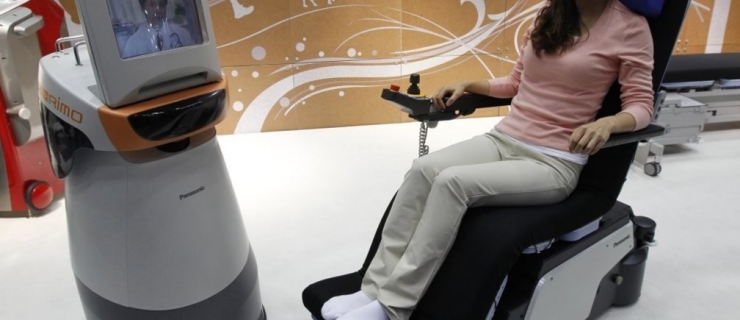
Lei Feng network (search "Lei Feng network" public concern) by: The author of this article for the University of Leeds Data Analysis Institute head Owen A Johnson, source World Economic Forum, compiled by Lei Feng network exclusive, refused to reprint without permission!
Recently, the University of Tokyo Medical Institute used IBM artificial intelligence Watson to judge a woman with rare leukemia, which took only 10 minutes. The patient was a 60-year-old woman who tried Watson after she had sought medical care. According to the results of the diagnosis, Watson showed that she had acute leukemia, and put forward an appropriate treatment plan to the University of Tokyo Institute of Medical Sciences, which contributed to the rehabilitation of this woman.
This successful diagnosis shows the infinite potential of artificial intelligence in the medical field and also shows the tremendous strength of IBM's Watson system. However, in the field of artificial intelligence, the Watson system has become famous, and its first "fame" was because in February 2011, Watson defeated human opponents on the intellectual show "Dangerous Edge", using natural language to achieve depth The Q&A shows its strong learning ability. And Watson's cooperation in medical institutions also helps medical researchers continue to promote cognitive computing applications.
At the same time, IBM's previous generation AI system, Deep Blue, defeated then-champion champion Garry Kasparov in 1996 and became the world's first AI system capable of defeating world champions. From defeating world championships to saving lives, AI has spent 20 years, and these 20 years have been a difficult time for AI.

The use of artificial intelligence, machine learning, and big data in healthcare has been controversial. On the one hand, big data can bring medical breakthroughs, such as FitBit and other wearable devices to protect people's health, some people's enthusiasm for medical applications of these technologies unabated; the other hand, the voice of doubt is also flying People began to lack trust in robots and sniffed about their possible privacy violations. People's concerns and suspicions about medical robots are still too much.
In fact, you may be surprised that the world’s first medical support computer system emerged in 1972. It was invented by two prominent scientists, Tim De Dombal and Susan Clamp.
The originator of this medical AI is called AAPhelp. It uses the Bayesian algorithm to diagnose the source of abdominal pain. In 1974, De Dombal's team had tuned this system to be more skilled than a senior doctor, and its medical skills in this area were comparable to the most advanced medical consultants.
Sadly, 40 years have passed and AAPhelp has still not been used routinely.
Now, to make AI save lives, we must first overcome many obstacles. AI subverts people's values ​​for medical care: Machines can be more skilled than professional doctors, patients need to use complex algorithms before treatment, and so on. Therefore, the practical scientific and technological innovation in medical treatment usually takes several decades.
However, decades later, AAPHelp and IBM's Watson have made great achievements and made people understand that computers can also save lives. The use of big data in healthcare implies that patient records, medical data, and personal details can be used by researchers to train AI for diagnosis. However, people are very sensitive to the use of their own personal data. At the same time, people also hope that the government and relevant agencies will introduce relevant laws and regulations and set clear standards for the use of robots in this area. This also caused an obstacle to the development of medical robots.

Lin Xueting, a software engineer at the Watson Health Cloud of the Tokyo System and Software Development Institute, said that the current medical difficulties are more uniform:
First of all, you need to have comparable data. In Watson's life-saving project, it is to cooperate with the New York Gene Center;
Second, when data is used, third parties can only use personal data statistics according to the HIPPA protocol;
Moreover, it may be how to export the data as a sample of this study. This is also very troublesome, because the genetic data is very large.
Therefore, the biggest obstacle facing medical robots today is not an algorithm, but people's patience and trust. Recently, at the Data Analysis Institute at the University of Leeds, we used IBM's Watson analysis software to analyze the UK's 50 million pathology and radiology reports. In the sensitivity of this matter, we took IBM's Watson to the research center instead of directly transferring the data to IBM.
We used natural language programs to process data, and the accuracy of brain metastases, HER-positive breast cancer, and hydronephrosis was more than 90%. In the next two years, we will continue to develop this technology and strive to make AI's medical applications a routine medical treatment.
We know that this is not easy. Although we have already received 1.2 million pounds of investment, we have not yet saved one life. To achieve the lofty aspiration of saving the world, we must overcome the hardships of the public's attitude and thinking, so that people begin to accept and slowly rely on medical robots. But to win the hearts of the public, we are still obstinate and long before us.
Via:World Economic Forum